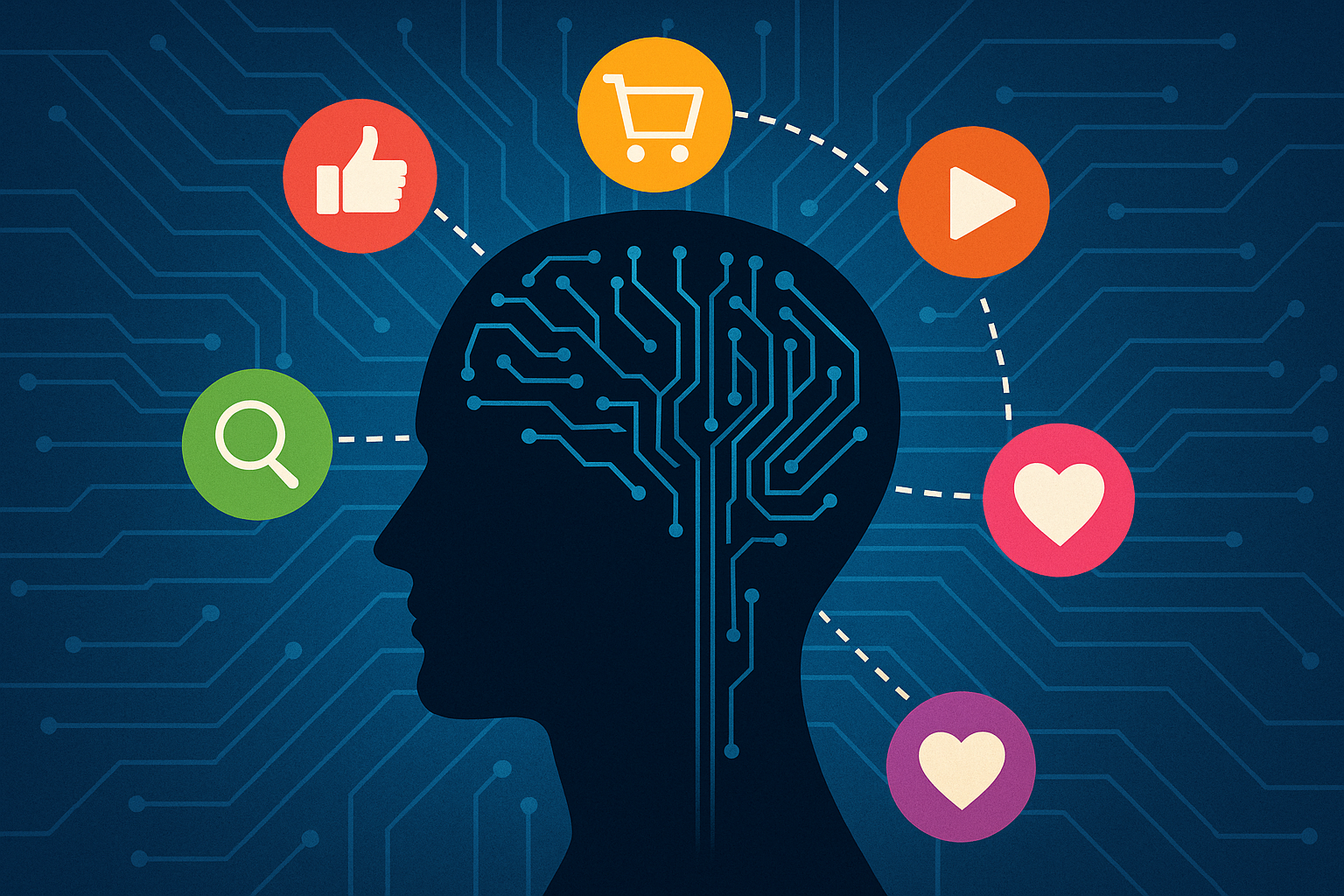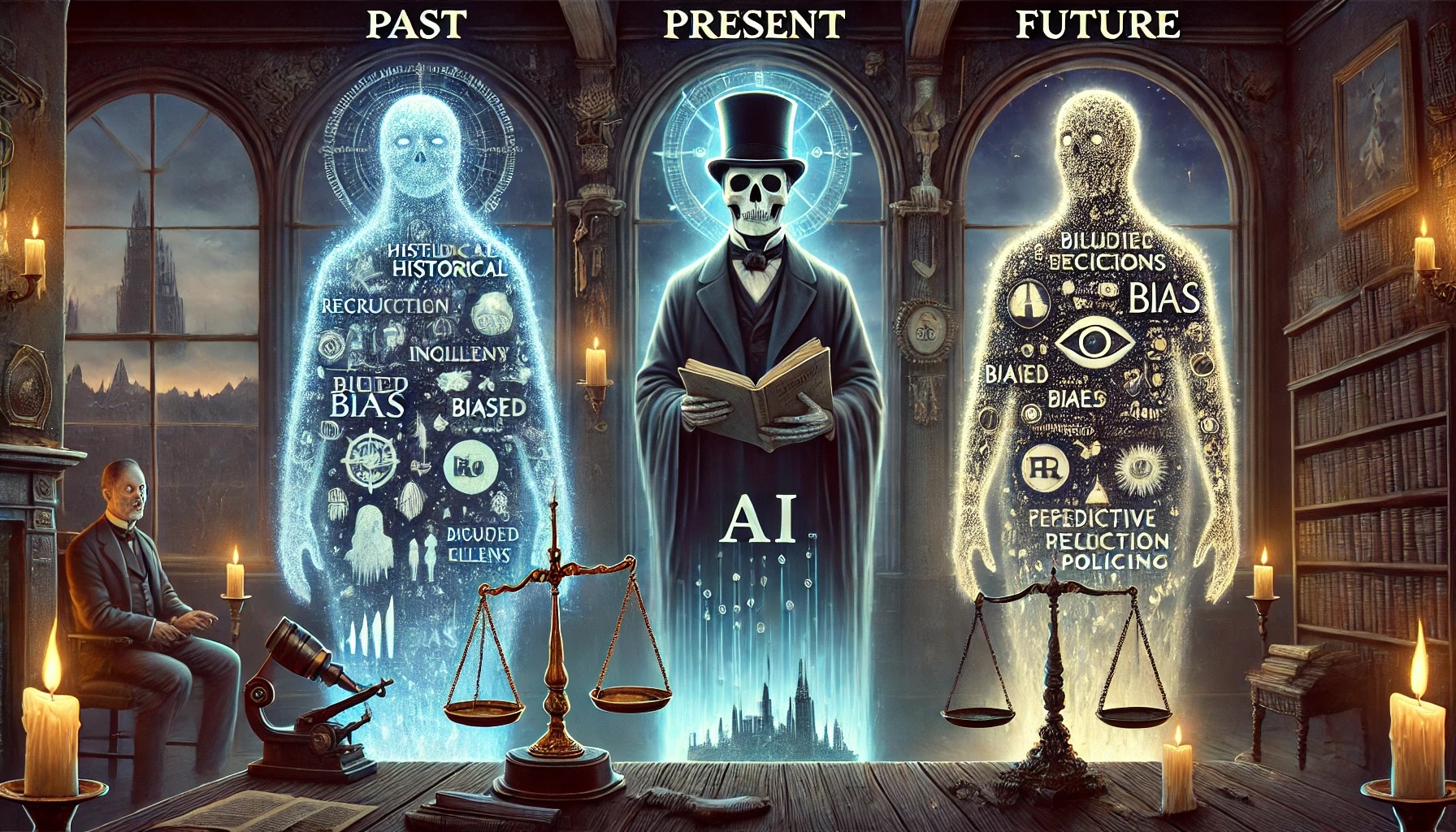We often hear these terms – unconscious bias and implicit bias – as synonyms, but there is tremendous value in distinguishing between the two.
In DEI work, I see companies using terms without having a common understanding of their meaning, leading both to the illusion of agreement and the illusion of disagreement based on slightly different understandings of the same word (think “Diversity”, “Equity”, “Inclusion” as obvious examples).
I see this happen with unconscious and implicit bias frequently. Even though they are often used interchangeably, understanding the difference leads to better mitigation strategies and better organizational performance as a result.

Let’s unpack these two terms further.
What is Unconscious Bias?
Unconscious bias is exclusively the realm of the brain. These biases are the default settings of your brain in order to reduce cognitive load and to make things easier–after all, your brain is working hard all the time. Unconscious biases are a byproduct of how our brains naturally process information. Unconscious cognitive biases are difficult, if not impossible, to stop before they happen, but the impact of these biases can be mitigated. There are more than 200 named cognitive biases, and while they do in fact help the brain function more easily, they can also lead to unintended mistakes and flaws in judgment.
What is Implicit Bias?
Implicit bias includes all of the above and extends beyond your brain’s automatic decision-making, referring to biases that people hold unconsciously but can be revealed through their behavior or actions. (If you have not seen it before, take a look at this Implicit Bias Test). Implicit bias is baked into a behavior, a process, or an action, moving it a step beyond the unconscious realm of the mind. Implicit bias is used more often when speaking of a wide range of social constructs (race, gender, culture, age, orientation, religion, politics, media etc). Because of this, implicit bias is typically more harmful because the bias impacts others and has widespread implications. The origin (unconscious bias) matters less than the impact (implicit bias) of the expression, action or behavior. Furthermore, when these expressions, actions and behaviors persist over time, bias becomes institutionalized and is “the way we do things here”. For a more detailed look at this cycle, see the bias ecosystem.
Mitigating Both Unconscious & Implicit Bias
We sit at the intersection of two truths: that cognitive biases are inevitable and that they lead to unintended mistakes and flaws in judgment. This paradox is a fundamental lesson for any leader who identifies as “inclusive” and seeks to realize the benefits of a diverse workplace. Mitigating both unconscious and implicit bias leads to a higher-functioning organization, greater productivity, and increased revenues.
When designing a bias mitigation plan, it is best to use language that will clearly identify what type of bias you are disrupting because the strategy will be different depending on the circumstances and the context. Sometimes actions are needed to change perceptions. Sometimes awareness can facilitate a different behavior. On other occasions, you may need to rewrite policies that will force a change in perception and behaviors. There are usually several layers to human interactions and the exchange of ideas. Both unconscious and implicit bias are likely baked into each layer. Businesses spend an inordinate amount of time on the who, what, where, when, and why. Bias mitigation is all about examining and reflecting on the how. When we neglect the how of a situation, we allow an environment where it would be easy for bias to impact behavior of all kinds and limit performance.
Having an awareness that nearly every decision or action is impacted by unconscious bias can lead to a practice of reflection and questioning what we do and how we do it. It allows us to name what is happening, to surround ourselves with people who can make us aware of a bias that we are unable to see ourselves and to redefine processes to mitigate the negative impact of biases. Bias is universal. If you have a brain, you have bias® is the trademark that The Percipio Company builds upon. By framing bias as a by-product of how the brain functions, we eliminate the cycle of justifying, arguing, defending, and explaining (JADE), which can be an obstacle to organizational development and growth.
Understanding the difference between unconscious and implicit bias can help businesses establish a common understanding that everyone operates with unconscious bias and no one is more or less prone to it. This commonality opens up deeper conversations around the implicit biases that show up in interactions, behaviors, or processes. A huge mistake is treating these conversations as transactional or one-time training events. Because bias mitigation is about examining, reflecting, and changing processes and behavior, it is continual, iterative, and ongoing. It requires generating awareness, process changes, and widespread behavioral adoption to truly impact the way companies operate. The work empowers organizations to create new ways of proceeding, ways that acknowledge bias mitigation as an integral part of the “way we do things here” and integrate it into their workplace culture.

Percipio Company is led by Matthew Cahill. His deep expertise in cognitive, social, and workplace biases is rooted in the belief that if you have a brain, you have bias®. He works with executives to reduce mental mistakes, strengthen workplace relationships & disrupt existing bias within current HR processes, meeting protocols and corporate policies. Matthew has demonstrated success with large clients like LinkedIn, Salesforce and dozens of small to mid-size companies looking to create more inclusive workplaces, work smarter, generate more revenue and move from bias to belonging®.





